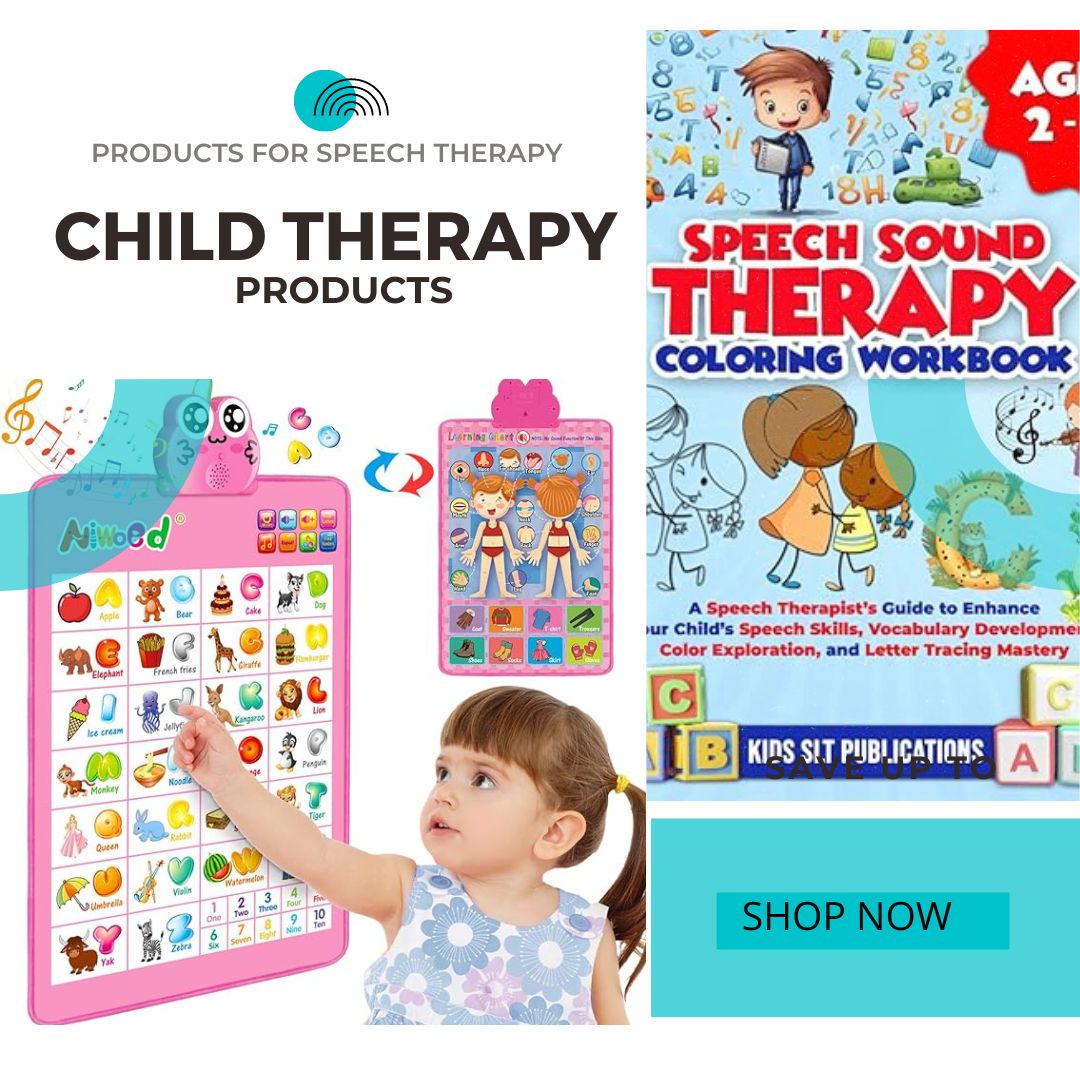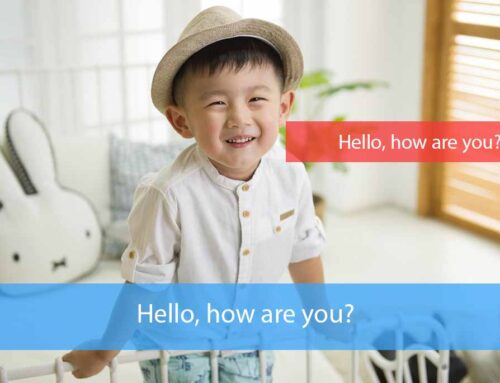Mixed receptive-expressive language disorder in children is a communication disorder that affects receptive and expressive communication in any degree from mild to severe. So if you would like to know more, what it is? and how it can be cured? then here we are to let you know everything in detail below!
It’s more common than you might expect for youngsters to have a condition that affects both their receptive and expressive language. It could take some time before the symptoms develop. Additionally, the earlier you begin treatment, the more favourable the outcomes will be.
In order for children to communicate, they need to first develop the skills necessary to do so physically, mentally, socially, and emotionally. A language disorder may be the result of a problem with one or more of these aspects of language development. There are three possible manifestations of the disorder: receptive, expressive, or mixed.
Children are often diagnosed with mixed receptive-expressive language disorder. This issue impacts the child’s ability to understand and express language. Specialists currently estimate that one out of every twenty children suffer from some kind of language issue. After the age of 3, in most cases, people can begin to notice symptoms. You should treat it with the assistance of a trained speech therapist who specialises in working with children.
What exactly is meant by the term “receptive” language disorder?
A person is said to have a receptive language issue if they have trouble understanding spoken language, or more technically, if they have trouble receiving the language. Children who struggle with receptive language disorders may appear to “tune out” while other people are talking to them or have difficulty following commands. Despite this, youngsters are still able to pick up the skills necessary to speak. They frequently learn their own unique method of communication.
What exactly is the problem known as “expressive” language?
Expressive language disorder is a condition in which it is difficult to transmit or express a message, as well as to make oneself understood by others. Even while this is the case, it does not necessarily imply that you are unable to comprehend what another person is saying.
What is Mixed Receptive-Expressive Language Disorder
Both of these symptoms are present in individuals who have a mixed receptive-expressive language impairment.
It is the combination of both of these diseases that constitutes the mixed receptive-expressive language disorder. Children affected by this condition struggle not only to comprehend what is being communicated to them, but also to convey their thoughts and feelings via the use of language.
Because of this, communication may become extremely challenging. Understanding and being understood is the foundation of effective communication, as you are aware.
Language difficulties vs developmental issues.
Language impairments and developmental issues are sometimes confused with one another, as is usual at times. On the other hand, these are two quite separate things. Even if it is true that these illnesses can be related with some developmental problems, it is important to note that they are not the primary cause.
Mixed language disorder is characterised by children having difficulty distinguishing between two or more languages. In situations like these, you need to consult with a medical professional. These symptoms typically manifest themselves during childhood. The teenage years are crucial years for the mental and physical development of children. The vast majority of children pick up a language entirely by accident.
Mixed Receptive-Expressive Language Disorder Symptoms
As was said previously, the initial symptoms of language impairments typically develop between the ages of 3 and 6. When we talk about mixed disorders, we are referring to conditions that may involve one or more of the following symptoms:
- Learning difficulties: Challenges in learning the material. Learning difficulties are common among children diagnosed with mixed language disorders. This is due to the fact that communication is the primary foundation upon which learning is built.
- Issues with following directions: Problems with listening to and carrying out instructions. The primary challenge comes through the use of oral language.
- Problems organizing and summarizing thoughts or emotions: Having difficulty arranging and summarising one’s ideas and feelings. It is challenging to formulate sentences that make sense.
- Social disfunction: A youngster who has difficulty talking may also have difficulty interacting and playing with other children their age. Researchers have found that there is a correlation between social problems and depression as well as behavioural problems in some circumstances.
- Difficulties forming sentences: Having trouble making complete phrases. Some children have the ability to try to explain themselves by making sentences that are very brief and incomplete. On the other hand, some people are capable of constructing sentences with weak connections between the words. These are not easy to comprehend in any way.
- Challenges in school: Poor academic performance and a lack of motivation to attend school are two outcomes that might result from having learning challenges. In addition to this, their intellectual development is lagging behind that of other children.
The use of professional assistance from a speech therapist is required in order to treat mixed receptive-expressive language disorder, and speech therapy is one of the most effective approaches to treat the condition.
When is it advisable to get a speech and language evaluation?
A visit with a speech-language pathologist is recommended for families who have concerns about the progress of their child’s communication abilities as they grow up. When a child meets any of the following criteria, in general, an evaluation should be scheduled:
- 15 months from now, does not employ any single phrase.
- By the age of 24 months, does not employ 50 words or 2-word phrases (for example, “more cookie”).
- Before the age of two, is unable to obey commands that require two steps (for example, “Get your coat and shoes”).
- Is not understood ninety percent of the time while speaking by a child of four years old or easily becomes frustrated because others are unable to comprehend him or her
- Has trouble engaging with children the same age as them
- Has trouble remembering things or finding solutions to problems.
What to anticipate throughout the course of a language assessment
During a language evaluation, the speech language pathologist will collect information about your present concerns, as well as your child’s medical history and developmental milestones. The speech-language pathologist might also do the following, depending on the age of your kid and how well they can communicate:
- Talk to your kid like they’re actually listening to you.
- Gather a sample of your child’s words when they are engaged in play.
- Conduct standardised tests of linguistic ability, which often entail naming pictures, following directions, responding to questions, and describing images.
- Put your child in charge of following increasingly complicated instructions.
- Put your youngster to work recalling details from the books he or she has read or that have been read to them by you.
At the conclusion of the review, both the results and any recommendations will be discussed. In the event that it is deemed necessary, language therapy will be advised, and activities that may be done at home will be discussed and shown. For additional details, please contact us to schedule a no-cost consultation.



